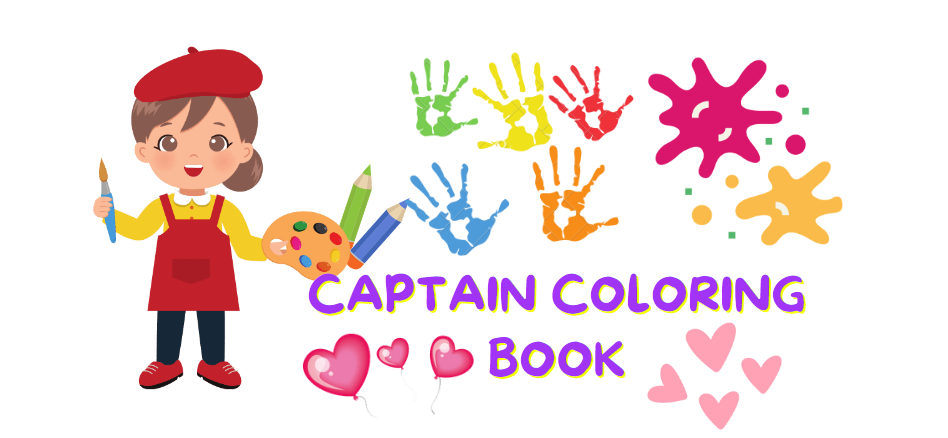Preschool Colouring Activities and Benefits
Colouring books, which are one of the children's favourite means of spending time, have become popular for adults as well. Colouring activities and activity books have benefits such as supporting the expression of imagination and creativity in children, improving hand-eye coordination, supporting motor development, relaxation and fun, while in adults, they have benefits such as reducing stress and anxiety and supporting control, relaxation, helping to focus.
While this popular pastime has been reinforced by advertisements that adult colouring books have therapeutic properties, the American Art Therapy Society has issued a declaration stating that adult colouring books cannot have therapeutic properties, but that they can indeed support relaxation and self-focus by having self-care qualities, and that it is an activity that can be positively related to the effects of therapy.
In children, when colouring activities are compared to painting, there are hypotheses that progressing through ready-made pictures restricts creativity, which is seen to negatively affect creativity. Although the researches are not enough to prove this, the researches show that children support creativity contrary to this hypothesis if they do colouring without interference, using their own imagination.
Supports Creativity and Imagination
Does colouring develop imagination?
One of the primary benefits of colouring activities is its contribution to creativity and imagination. Children express themselves most easily through art and play, so colouring, like painting, can help them reflect their inner world. Even though the pictures are given to them, they can build their own worlds by making use of them, write stories and choose colours and shapes to reflect this world based on them.
Contributes to the Development of Motor Skills
Let them colour with motor skills!
Colouring also has cognitive and physical benefits. Trying to fill in the lines contributes to the establishment of hand-eye coordination.
Trying to hold the pencil steady and trying to move their hands according to the image they see also supports the development of motor skills, that is, the brain can work in harmony with the muscles. While painting in a notebook requires hand, wrist and finger movements called fine motor skills, painting on canvas, on a wall or in a large notebook requires limb movements called gross motor skills.
Children will need these skills in various activities such as using a keyboard, playing a musical instrument, playing sports and writing.
Can be Educational
Colouring is an educational and shareable activity.
Some colouring books contain positive scenarios or stories that can educate children about various social scenarios and scientific issues; children can learn shapes, numbers, colours.
Can be a Social Activity
By colouring together with their peers or parents, children can ensure that these activities gain a social quality, create common stories or chat while colouring. By using this time with quality, parents can bond with their children and strengthen their relationships through colouring activities.
Provides Relaxation
Revitalise the Mind and Relax the Soul!
Although the research reviewed shows that colouring is an activity that can help reduce anxiety, there are many theories about why this is so. Some researchers suggest that colouring reduces anxiety because it is not a repetitive and challenging activity, because it makes people feel as if they are in a kind of trance, and because of the social environment while colouring.
Others say that colouring in a "mindful" way is more beneficial than colouring on its own. At the same time, research has found that it can help reduce cortisol levels, known as the stress hormone.
May Increase Attention
Some research has found that trying to stay inside the lines works as a kind of attention exercise. Even if it is not intense, it can also contribute to attention span, as it requires a long period of focus to colour a picture properly. It can be a useful relaxation method during work breaks or long work breaks.
May Help Against Sleep Problems
As it is both a relaxing and repetitive activity, it can be a helpful tool for people who have problems falling asleep by helping to rest the brain and prepare it for sleep. It can also sometimes be used as a tool to regulate the flood of thoughts before falling asleep.


.png)






0 yorum :
Post a Comment